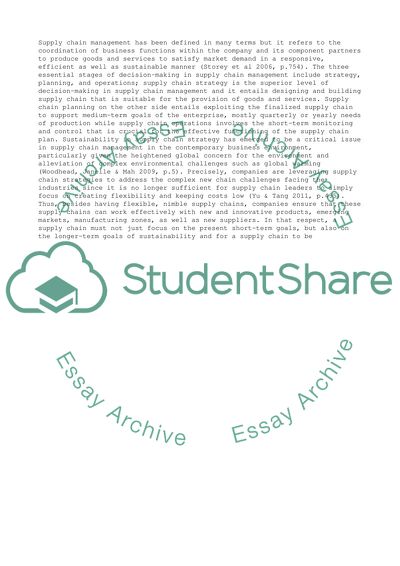Cite this document
(“Critically analyse the following questions: What are the differences Essay”, n.d.)
Critically analyse the following questions: What are the differences Essay. Retrieved from https://studentshare.org/management/1645512-critically-analyse-the-following-questions-what-are-the-differences-between-a-normal-supply-chain-and-a-sustainable-supply-chain-what-motives-the-businesses-in-opting-for-a-sustainable-supply-chain
Critically analyse the following questions: What are the differences Essay. Retrieved from https://studentshare.org/management/1645512-critically-analyse-the-following-questions-what-are-the-differences-between-a-normal-supply-chain-and-a-sustainable-supply-chain-what-motives-the-businesses-in-opting-for-a-sustainable-supply-chain
(Critically Analyse the Following Questions: What Are the Differences Essay)
Critically Analyse the Following Questions: What Are the Differences Essay. https://studentshare.org/management/1645512-critically-analyse-the-following-questions-what-are-the-differences-between-a-normal-supply-chain-and-a-sustainable-supply-chain-what-motives-the-businesses-in-opting-for-a-sustainable-supply-chain.
Critically Analyse the Following Questions: What Are the Differences Essay. https://studentshare.org/management/1645512-critically-analyse-the-following-questions-what-are-the-differences-between-a-normal-supply-chain-and-a-sustainable-supply-chain-what-motives-the-businesses-in-opting-for-a-sustainable-supply-chain.
“Critically Analyse the Following Questions: What Are the Differences Essay”, n.d. https://studentshare.org/management/1645512-critically-analyse-the-following-questions-what-are-the-differences-between-a-normal-supply-chain-and-a-sustainable-supply-chain-what-motives-the-businesses-in-opting-for-a-sustainable-supply-chain.


